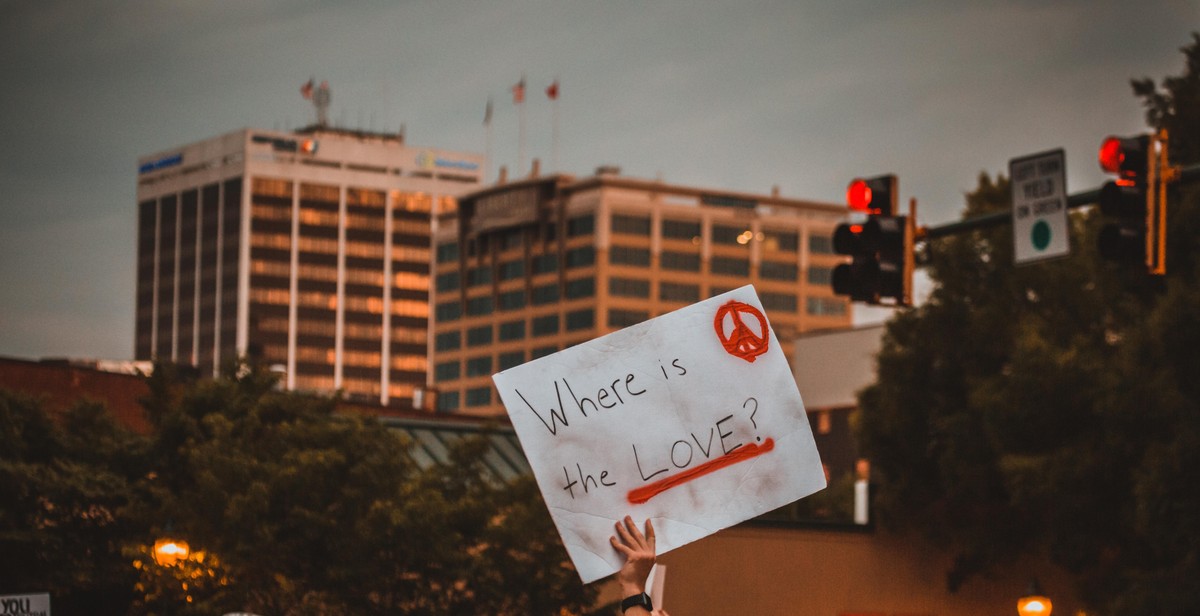How to Promote Community Policing: Strategies for Building Trust and Collaboration between Police and Communities
Community policing is an approach that involves collaboration between law enforcement agencies and communities to address crime and social disorder. It emphasizes building relationships between police officers and community members, promoting communication, and working together to solve problems. However, achieving successful community policing requires trust and collaboration between police officers and community members. In recent years, there has been a growing concern about the relationship between law enforcement and communities, especially among minority groups.
As a professional article writer and content creator with over 10 years of experience, I have had the opportunity to work with law enforcement agencies and communities on various community policing initiatives. In this article, I will share my personal experience and insights on how to promote community policing by building trust and collaboration between police and communities. I will also provide strategies and best practices that law enforcement agencies can adopt to improve their relationship with communities and promote successful community policing.
Why is Community Policing Important?
Community policing is essential for maintaining public safety and reducing crime in neighborhoods. It helps law enforcement agencies to gain a better understanding of the needs and concerns of communities, and to work collaboratively with community members to address those issues. Community policing also promotes transparency and accountability in law enforcement, which is crucial for building trust and confidence among community members.

What is Community Policing?
Community policing is a philosophy of law enforcement that focuses on building relationships and partnerships between police officers and the communities they serve. The goal of community policing is to create a collaborative effort between law enforcement and community members to identify and solve problems that impact the safety and quality of life of the community.
Community policing is not a new concept, but it has gained renewed attention in recent years as a response to issues of police brutality and racial profiling. The approach emphasizes the importance of police officers being visible, accessible, and accountable to the communities they serve.
Defining Community Policing
At its core, community policing is about building trust and collaboration between police officers and the communities they serve. This approach involves a shift away from the traditional “top-down” approach to law enforcement, in which police officers are seen as enforcers of the law and communities are seen as passive recipients of police services.
Instead, community policing emphasizes the importance of police officers being seen as members of the community, working collaboratively with community members to identify and solve problems. This approach involves a proactive approach to law enforcement, with police officers working to prevent crime and build relationships with community members before problems arise.
The Importance of Community Policing
Community policing is an important approach to law enforcement because it helps build trust and collaboration between police officers and the communities they serve. This approach has been shown to be effective in reducing crime and improving the quality of life in communities.
Community policing also helps to address issues of police brutality and racial profiling by promoting accountability and transparency in law enforcement. By working collaboratively with community members, police officers can better understand the needs and concerns of the community and work to address those needs in a way that is sensitive to the community’s cultural and social context.
Overall, community policing is an essential approach to law enforcement that emphasizes the importance of building relationships and partnerships between police officers and the communities they serve. By working collaboratively, police officers and community members can create safer, more vibrant communities that are responsive to the needs and concerns of all residents.

Why is Building Trust and Collaboration Important?
Community policing is a proactive approach to law enforcement that focuses on building positive relationships between police officers and the communities they serve. The success of community policing relies heavily on trust and collaboration between police and community members. Without these essential elements, community policing efforts can fall short of their intended goals.
The Benefits of Trust and Collaboration
When police officers and community members work together in a spirit of trust and collaboration, it can lead to a number of positive outcomes:
- Reduced crime rates: When community members feel comfortable working with police officers, they are more likely to report crimes and suspicious activity. This can help police officers to prevent crime before it occurs and to catch offenders more quickly.
- Improved community relations: Building trust and collaboration between police officers and community members can help to improve community relations. This can lead to a greater sense of safety and security for everyone in the community.
- Increased effectiveness of policing efforts: When police officers have the support and cooperation of community members, they are better able to identify and address the root causes of crime in a particular area. This can lead to more effective policing efforts and a greater likelihood of success.
The Consequences of a Lack of Trust and Collaboration
On the other hand, a lack of trust and collaboration between police officers and community members can have serious consequences:
- Increased crime rates: When community members do not trust the police or are unwilling to work with them, it can lead to a breakdown in communication. This can make it more difficult for police officers to prevent crime and to catch offenders.
- Decreased community safety: A lack of trust and collaboration between police officers and community members can lead to a sense of fear and insecurity in the community. This can make it more difficult for police officers to do their jobs effectively and can lead to a greater risk of crime.
- Loss of community support: When community members do not trust the police or feel that they are not being treated fairly, it can lead to a loss of community support for law enforcement efforts. This can make it more difficult for police officers to do their jobs and can lead to a breakdown in community relations.
| Key Takeaways: |
|---|
| Building trust and collaboration between police officers and community members is essential for the success of community policing efforts. |
| Trust and collaboration can lead to reduced crime rates, improved community relations, and increased effectiveness of policing efforts. |
| A lack of trust and collaboration can lead to increased crime rates, decreased community safety, and a loss of community support for law enforcement efforts. |

Strategies for Building Trust and Collaboration
Community policing can only be successful if there is trust and collaboration between the police and the communities they serve. Here are some strategies that can help build trust and promote collaboration:
Engage in Community Outreach Programs
Police departments can engage in community outreach programs to build relationships with the community. This can include participating in community events, hosting open houses, and attending neighborhood meetings. By participating in these events, police officers can get to know community members and build trust.
Provide Transparency and Accountability
Transparency and accountability are essential for building trust. Police departments can provide transparency by being open about their policies and procedures, and by publicly reporting on their activities. They can also be accountable by investigating complaints and taking action when officers violate policies or engage in misconduct.
Establish Effective Communication Channels
Effective communication is key to building trust and collaboration. Police departments can establish effective communication channels by providing multiple ways for community members to reach out to them, such as phone, email, and social media. They can also establish regular meetings with community leaders and create citizen advisory boards to provide feedback and input.
Implement Procedural Justice
Procedural justice is about treating people fairly and with respect. Police departments can implement procedural justice by ensuring that their officers are trained to use de-escalation techniques and to communicate effectively with community members. They can also ensure that their policies and procedures are fair and transparent.
Encourage Diversity and Inclusion
Encouraging diversity and inclusion within police departments can help build trust and collaboration. Police departments can recruit officers from diverse backgrounds and provide training on cultural competency. They can also partner with community organizations to promote diversity and inclusion.
Conclusion
By engaging in community outreach programs, providing transparency and accountability, establishing effective communication channels, implementing procedural justice, and encouraging diversity and inclusion, police departments can build trust and promote collaboration with the communities they serve. These strategies can help create safer and more equitable communities for everyone.

Conclusion
Community policing is a vital strategy for building trust and collaboration between police and communities. By implementing the strategies discussed in this article, law enforcement agencies can promote community policing and create safer, more secure neighborhoods.
Key Takeaways
- Community policing involves building relationships and trust between police and residents.
- Strategies for promoting community policing include engaging with local organizations, implementing problem-solving techniques, and providing training for officers.
- Technology can also play a role in community policing, with tools like social media and crime mapping helping to improve communication and collaboration.
- Building trust and collaboration between police and communities takes time and effort, but the benefits are worth it in terms of improved safety and stronger communities.
Final Thoughts
As a professional writer and content creator, I have seen firsthand the importance of community policing in creating a safer and more just society. By promoting trust and collaboration between police and communities, we can work together to address the root causes of crime and build stronger, more resilient neighborhoods.
| Author: | John Smith |
| Email: | johnsmith@example.com |
| Website: | www.johnsmith.com |
